- Have any questions?
- 080 2558 0771
- 080 2558 0772
- mail@beleastmail.com
Itinerary:
Day 1&2 : Berlin, sightseeing and attractions
Don’t miss the city must-sees such as the Brandenburg Gate, the Reichstag Building, Checkpoint Charlie and the Berlin Wall Memrial – a football-field-sized memorial to the murdered European Jews.For a walking tour with a difference; head north of Berlin for a tour into the past at Sachsenhausen, one of the main concentration camps in Nazi Germany. The Pergamonmuseum is an aladdin’s cave of treasures and opens a fascinating window onto the ancient world and is the one museum in Berlin that should not be missed. Bargain hunt at the busy flea market – Flohmarket am Mauerpark – right where the Berlin Wall once ran. Settle in for an evening at the grandest of Berlin’s surviving nine former royal palaces – Charlottenburg Palace, set in a beautiful palace park. Enjoy dinner, a self-guided palace tour and a concert.
Day 3 : Bonn – Rudesheim Rhine cruise
Travel from Berlin to Bonn, and hop on a riverboat cruise along the Rhine. From Rudheim the banks of the river Rhine are at their best with luscious green valleys, fairytale castles, vineyards, and pretty small towns all the way along its banks. Rudesheim is at the southernmost point of the UNESCO World Cultural Heritage Rhine trail and this cruise takes you down river to explore the Loreley Valley. From here to Koblenz, the Rhine valley is narrow with steep slopes, often planted with vineyards, and with a castle about every two kilometers. Cruise back to Rudesheim.
Day 4 : Rudesheim, sightseeing and attractions
Rudesheim is part of the Reheingau wine region and is famous for an alley known as Drosseilgasse – a colourful and fun alleyway that is jam-packed full of gift and souvenir shops, and wine taverns. Most of the buildings are built in the half-timbre style, creating a charming ambiance in the area. See the Niederwald monument in Rudesheim that was built as a symbol of the re-establishment of the Germany Empire at the end of the 1800’s. Visit the Benedictine Abbey of St. Hildegard, and one of the oldest buildings in the area is the Bromserburg Castle, also home to a wine museum.
Day 5 : Black Forest – Baden Baden
The destination today is the old resort town of Baden-Baden, famous for its mineral baths and games of chance. Take time to do an orientation tour through the town, take a hike into the surrounding hills, and tour the famous and elaborate casino. See the Baden-Baden Theatre that is a neo-baroque confection of white and red sandstone with a frilly interior, and pay a visit to the Trinkhalle – a neo-classical pump room, built in 1839,with an amazing embellished 19th century fresco of local legends. And take a tour of the ruins of the 2000 year old Romische Badruinen spa baths.
Day 6 : Black Forest, sightseeing and attractions
Start the day with a scenic drive to the Black Forest Open-Air Museum. A local guide will walk you through the preserved farmhouses and mills, where you will also have some free time to linger in the past and order up a bratwurst or light German snack. Then sit back and enjoy the scenic trip with views of pristine mountains and sparkling lakes as you travel in to Bavaria – home of fairy-tale castles, well-worn lederhosen, sing-a-long beer gardens and oompah-hospitality. Arrive at Munich for dinner.
Day 7 : Munich, sightseeing and attractions
Spend the morning getting a behind-the-scenes look at Munich with a walking tour through its historic Old Town, and learn about the “checkered” history and traditions of Bavaria. The rest of the day is yours to stroll around Germany’s most livable city, soak up some culture at its world-class museums,or rent a bike to pedal the car-free paths of the English Garden and Isar River.
Day 8 : Castles of Neuschwantein – Lucerne
Drive through glorious Alpine scenery to visit Bavaria’s “Mad” King Ludwig’s fantasy castle of Neuschwanstein perched high above the valley below. This is one of the most visited castles in Germany and a symbol of idealized romantic architecture. Among the castle’s finest rooms are two magnificent halls with extravagant decorations dazzling in gold and blue. Another well-known feature of Neuschwanstein is the grotto, whose little waterfalls and coloured lighting create the impression of a mysterious cave.
Day 9 : Lucerne, sightseeing and attractions
A full day to explore the heart of central Switzerland. Begin the day at the inspiring Lion Monument, one of the best-known monuments in the country, created in remembrance of the heroic death of Swiss guard killed in 1792. Continue to the 14th century medieval Chapel Bridge one of the oldest covered wooden bridges in Europe, forming the centerpiece of Lucerne’s town scape. Later, time to shop for chocolate, watches and the famous Swiss and German cuckoo clocks or sip coffee at an outdoor cafe. In the afternoon, there is an opportunity to join the exciting optional tour to Mount Pilatus. Ascend the world’s steepest cogwheel railway that winds up through lush meadows and sparkling mountain streams to the summit of Mt. Pilatus at nearly 7000 feet.
Day 10 : Lucerne – Salzburg
Discover Salzburg today. This baroque jewel was the birthplace of Mozart. The guided walking tour takes us to view the house where Mozart was born, as well as to the squares and gardens of this beautiful city, crowned by the 11th century Hohensalzburg Fortress. The city is also known for the singing Trapp family and the setting for the film, The Sound of Music. Afternoon at leisure, or, participate in the optional excursion into the surrounding countryside to the ruins of Obersalzburg, once a mountain retreat for senior Nazi SS officers. Then, transfer to special motor coaches adapted for the scenic mountain climb and ascend to Hitler’s notorious “Eagle’s Nest.”
Day 11 : Salzburg, sightseeing and attractions
Salzburg is a perfect town for a walking tour, and that’s how we’ll spend our morning: strolling under the wrought-iron signs of the Getreidegasse, going Baroque at the Salzburg Cathedral, and exploring an ancient cemetery. The rest of your day is free for wandering through Salzburg’s magnificent gardens, hiking up the fortress hill for a panoramic view, or pedalinga rented bike into the countryside, singing your favourite tunes of the Sound of Music.
Day 12 : Austrian Lakes – Halstatt
On to the beautiful Austrian Lakes and the pretty town of Hallstatt. With pastel-coloured houses that cast shimmering reflections on to the glassy waters of the lake and with towering mountains on all sides, Hallstatt’s beauty alone would be enough to guarantee it fame. Nestled between the edge of Halistatter See and the towering Dachstein mountains, this is Austria’s oldest and possibly most photographed village. Take a ferry ride across the lake from the station, you will be mesmerised by the tiny village tucked between the mountains and the water as it come in to view. Visit the oldest salt mines in the world and discover a subterranean salt lake and the mummy of a prehistoric miner who became preserved in salt.
Day 13 : Austrian Lake District, Halstatt, sightseeing and attractions
Take the Funicular for amazing views of Hallstatt, the lake and the surrounding Alpine mountains. During the 3 minutes it takes to climb the funicular’s 855 metres in height, the views will keep getting better and better. From Rudolf’s Tower, more than 855 metres above Halstatt, you’ll experience unmatched views of the village, the lake and the surrounding mountains. The tower, built in 1282, is named after and constructed by Duke Albrecht I of Austria as a defense for the mine workers on the Salzburg. Descend the Funicular and walk along the water’s edge and notice how Hallstatt’s houses were built close to the cliffs on the mountains perched above the lake. Walk through the Gasthof Simony, a narrow alleyway in Hallstatt, and notice how the alley’s buildings are mainly bright multi-coloured stone instead of the dark timberframed buildings elsewhere.
Day 14 : Vienna, sightseeing and attractions
Begin your day in elegant Vienna with a visit to St. Stephen’s Cathedral and walking tour of the city’s rich Habsburg heritage including a visit to the art-filled Kunsthistorisches Museum. Your afternoon is free to explore another world-class museum or two, or slow down to enjoy sipping a coffee in the city where Europe’s café scene was born.
Day 15 : Depart
Itinerary:
Day 1&2 : Berlin, sightseeing and attractions
Don’t miss the city must-sees such as the Brandenburg Gate, the Reichstag Building, Checkpoint Charlie and the Berlin Wall Memrial – a football-field-sized memorial to the murdered European Jews.For a walking tour with a difference; head north of Berlin for a tour into the past at Sachsenhausen, one of the main concentration camps in Nazi Germany. The Pergamonmuseum is an aladdin’s cave of treasures and opens a fascinating window onto the ancient world and is the one museum in Berlin that should not be missed. Bargain hunt at the busy flea market – Flohmarket am Mauerpark – right where the Berlin Wall once ran. Settle in for an evening at the grandest of Berlin’s surviving nine former royal palaces – Charlottenburg Palace, set in a beautiful palace park. Enjoy dinner, a self-guided palace tour and a concert.
Day 3 : Bonn – Rudesheim Rhine cruise
Travel from Berlin to Bonn, and hop on a riverboat cruise along the Rhine. From Rudheim the banks of the river Rhine are at their best with luscious green valleys, fairytale castles, vineyards, and pretty small towns all the way along its banks. Rudesheim is at the southernmost point of the UNESCO World Cultural Heritage Rhine trail and this cruise takes you down river to explore the Loreley Valley. From here to Koblenz, the Rhine valley is narrow with steep slopes, often planted with vineyards, and with a castle about every two kilometers. Cruise back to Rudesheim.
Day 4 : Rudesheim, sightseeing and attractions
Rudesheim is part of the Reheingau wine region and is famous for an alley known as Drosseilgasse – a colourful and fun alleyway that is jam-packed full of gift and souvenir shops, and wine taverns. Most of the buildings are built in the half-timbre style, creating a charming ambiance in the area. See the Niederwald monument in Rudesheim that was built as a symbol of the re-establishment of the Germany Empire at the end of the 1800’s. Visit the Benedictine Abbey of St. Hildegard, and one of the oldest buildings in the area is the Bromserburg Castle, also home to a wine museum.
Day 5 : Black Forest – Baden Baden
The destination today is the old resort town of Baden-Baden, famous for its mineral baths and games of chance. Take time to do an orientation tour through the town, take a hike into the surrounding hills, and tour the famous and elaborate casino. See the Baden-Baden Theatre that is a neo-baroque confection of white and red sandstone with a frilly interior, and pay a visit to the Trinkhalle – a neo-classical pump room, built in 1839,with an amazing embellished 19th century fresco of local legends. And take a tour of the ruins of the 2000 year old Romische Badruinen spa baths.
Day 6 : Black Forest, sightseeing and attractions
Start the day with a scenic drive to the Black Forest Open-Air Museum. A local guide will walk you through the preserved farmhouses and mills, where you will also have some free time to linger in the past and order up a bratwurst or light German snack. Then sit back and enjoy the scenic trip with views of pristine mountains and sparkling lakes as you travel in to Bavaria – home of fairy-tale castles, well-worn lederhosen, sing-a-long beer gardens and oompah-hospitality. Arrive at Munich for dinner.
Day 7 : Munich, sightseeing and attractions
Spend the morning getting a behind-the-scenes look at Munich with a walking tour through its historic Old Town, and learn about the “checkered” history and traditions of Bavaria. The rest of the day is yours to stroll around Germany’s most livable city, soak up some culture at its world-class museums,or rent a bike to pedal the car-free paths of the English Garden and Isar River.
Day 8 : Castles of Neuschwantein – Lucerne
Drive through glorious Alpine scenery to visit Bavaria’s “Mad” King Ludwig’s fantasy castle of Neuschwanstein perched high above the valley below. This is one of the most visited castles in Germany and a symbol of idealized romantic architecture. Among the castle’s finest rooms are two magnificent halls with extravagant decorations dazzling in gold and blue. Another well-known feature of Neuschwanstein is the grotto, whose little waterfalls and coloured lighting create the impression of a mysterious cave.
Day 9 : Lucerne, sightseeing and attractions
A full day to explore the heart of central Switzerland. Begin the day at the inspiring Lion Monument, one of the best-known monuments in the country, created in remembrance of the heroic death of Swiss guard killed in 1792. Continue to the 14th century medieval Chapel Bridge one of the oldest covered wooden bridges in Europe, forming the centerpiece of Lucerne’s town scape. Later, time to shop for chocolate, watches and the famous Swiss and German cuckoo clocks or sip coffee at an outdoor cafe. In the afternoon, there is an opportunity to join the exciting optional tour to Mount Pilatus. Ascend the world’s steepest cogwheel railway that winds up through lush meadows and sparkling mountain streams to the summit of Mt. Pilatus at nearly 7000 feet.
Day 10 : Lucerne – Salzburg
Discover Salzburg today. This baroque jewel was the birthplace of Mozart. The guided walking tour takes us to view the house where Mozart was born, as well as to the squares and gardens of this beautiful city, crowned by the 11th century Hohensalzburg Fortress. The city is also known for the singing Trapp family and the setting for the film, The Sound of Music. Afternoon at leisure, or, participate in the optional excursion into the surrounding countryside to the ruins of Obersalzburg, once a mountain retreat for senior Nazi SS officers. Then, transfer to special motor coaches adapted for the scenic mountain climb and ascend to Hitler’s notorious “Eagle’s Nest.”
Day 11 : Salzburg, sightseeing and attractions
Salzburg is a perfect town for a walking tour, and that’s how we’ll spend our morning: strolling under the wrought-iron signs of the Getreidegasse, going Baroque at the Salzburg Cathedral, and exploring an ancient cemetery. The rest of your day is free for wandering through Salzburg’s magnificent gardens, hiking up the fortress hill for a panoramic view, or pedalinga rented bike into the countryside, singing your favourite tunes of the Sound of Music.
Day 12 : Austrian Lakes – Halstatt
On to the beautiful Austrian Lakes and the pretty town of Hallstatt. With pastel-coloured houses that cast shimmering reflections on to the glassy waters of the lake and with towering mountains on all sides, Hallstatt’s beauty alone would be enough to guarantee it fame. Nestled between the edge of Halistatter See and the towering Dachstein mountains, this is Austria’s oldest and possibly most photographed village. Take a ferry ride across the lake from the station, you will be mesmerised by the tiny village tucked between the mountains and the water as it come in to view. Visit the oldest salt mines in the world and discover a subterranean salt lake and the mummy of a prehistoric miner who became preserved in salt.
Day 13 : Austrian Lake District, Halstatt, sightseeing and attractions
Take the Funicular for amazing views of Hallstatt, the lake and the surrounding Alpine mountains. During the 3 minutes it takes to climb the funicular’s 855 metres in height, the views will keep getting better and better. From Rudolf’s Tower, more than 855 metres above Halstatt, you’ll experience unmatched views of the village, the lake and the surrounding mountains. The tower, built in 1282, is named after and constructed by Duke Albrecht I of Austria as a defense for the mine workers on the Salzburg. Descend the Funicular and walk along the water’s edge and notice how Hallstatt’s houses were built close to the cliffs on the mountains perched above the lake. Walk through the Gasthof Simony, a narrow alleyway in Hallstatt, and notice how the alley’s buildings are mainly bright multi-coloured stone instead of the dark timberframed buildings elsewhere.
Day 14 : Vienna, sightseeing and attractions
Begin your day in elegant Vienna with a visit to St. Stephen’s Cathedral and walking tour of the city’s rich Habsburg heritage including a visit to the art-filled Kunsthistorisches Museum. Your afternoon is free to explore another world-class museum or two, or slow down to enjoy sipping a coffee in the city where Europe’s café scene was born.
Day 15 : Depart





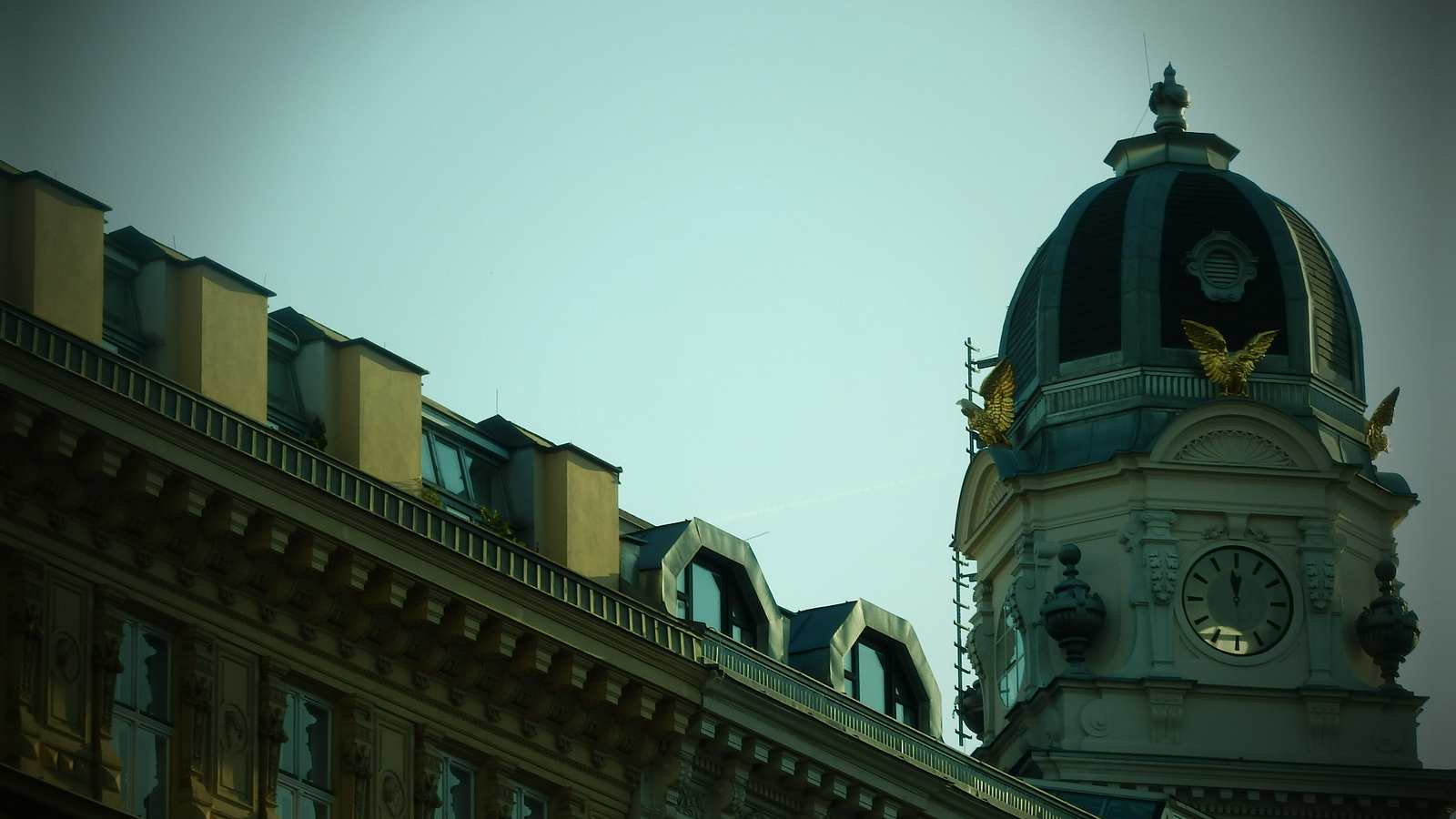
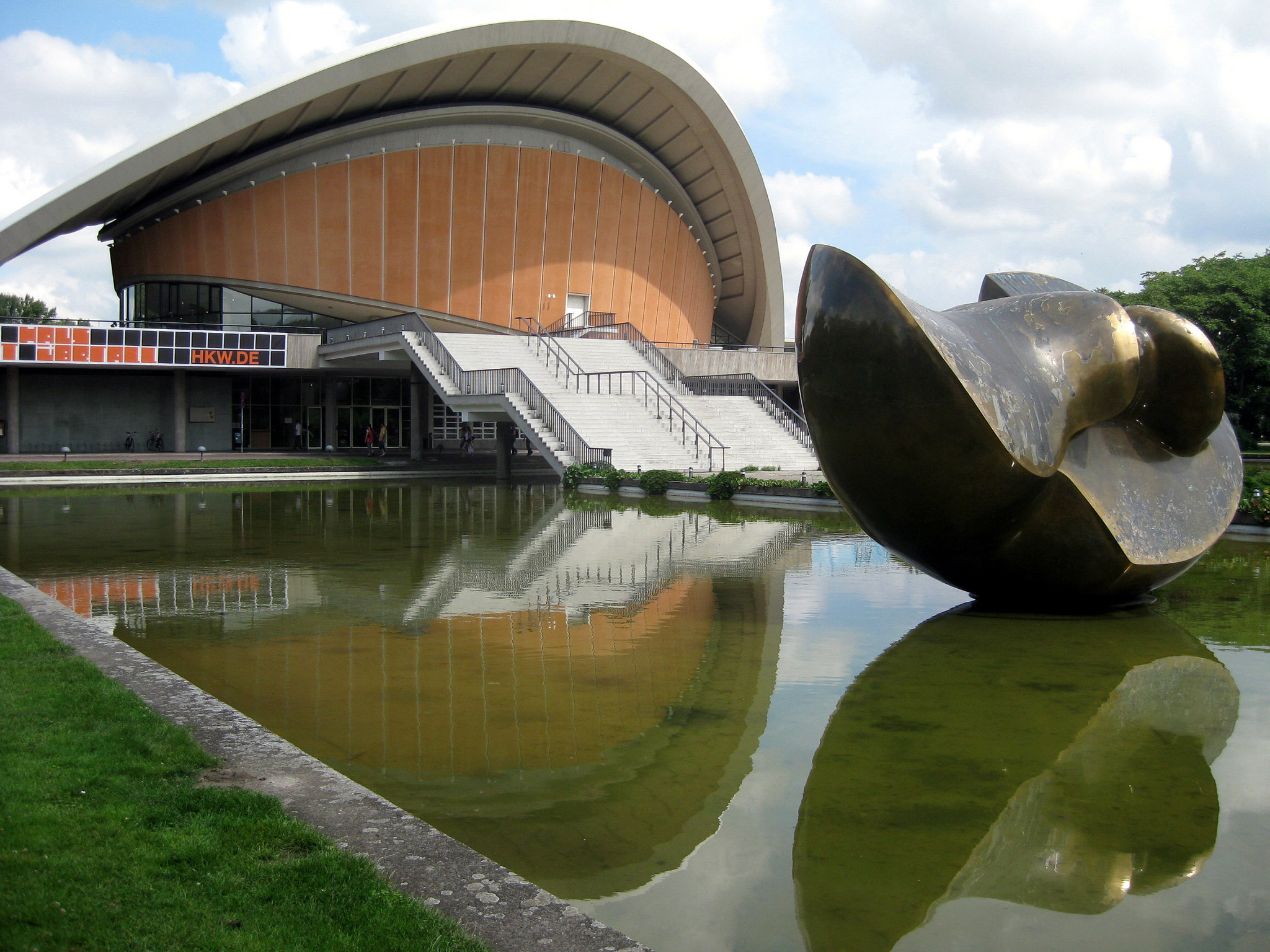

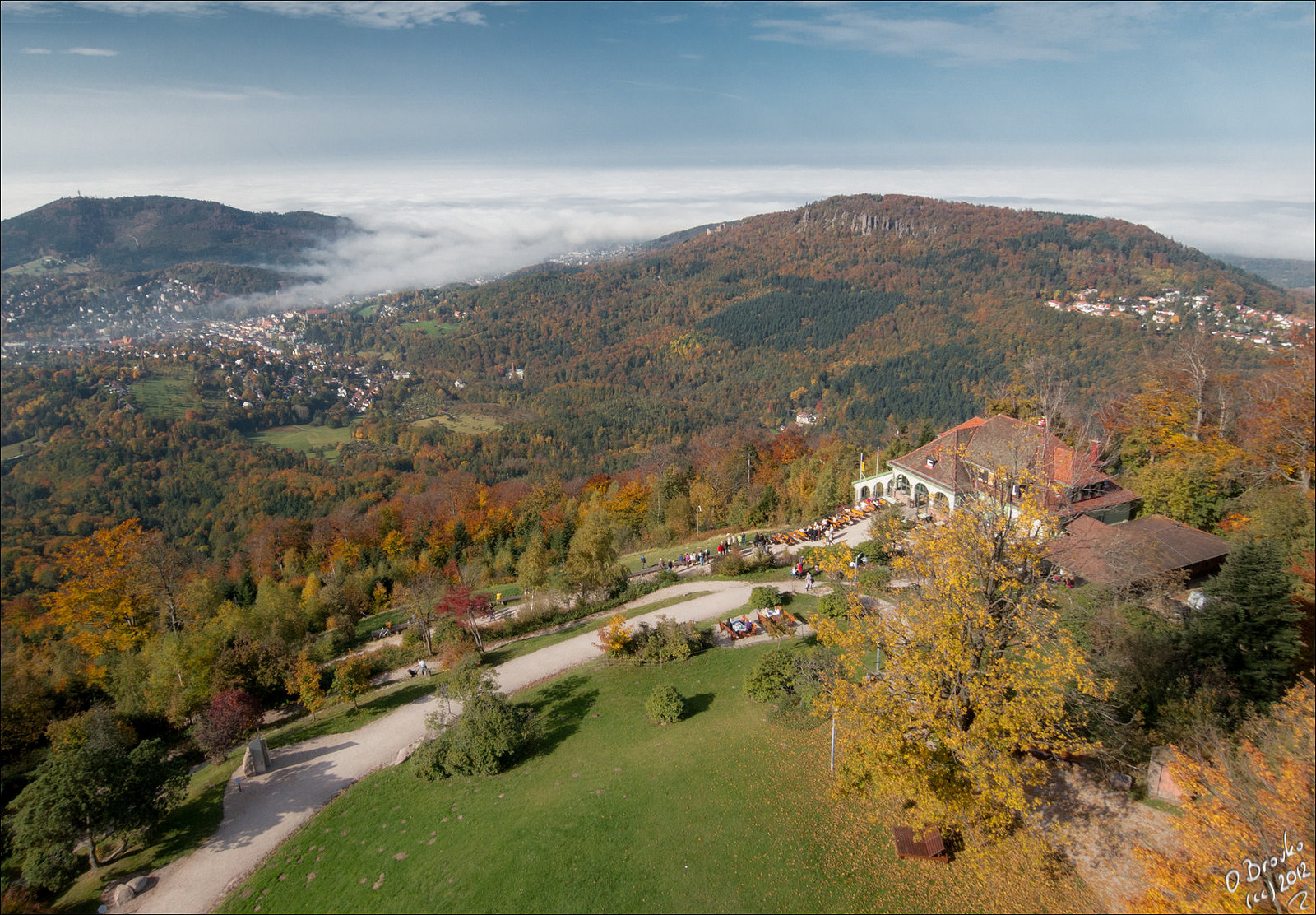

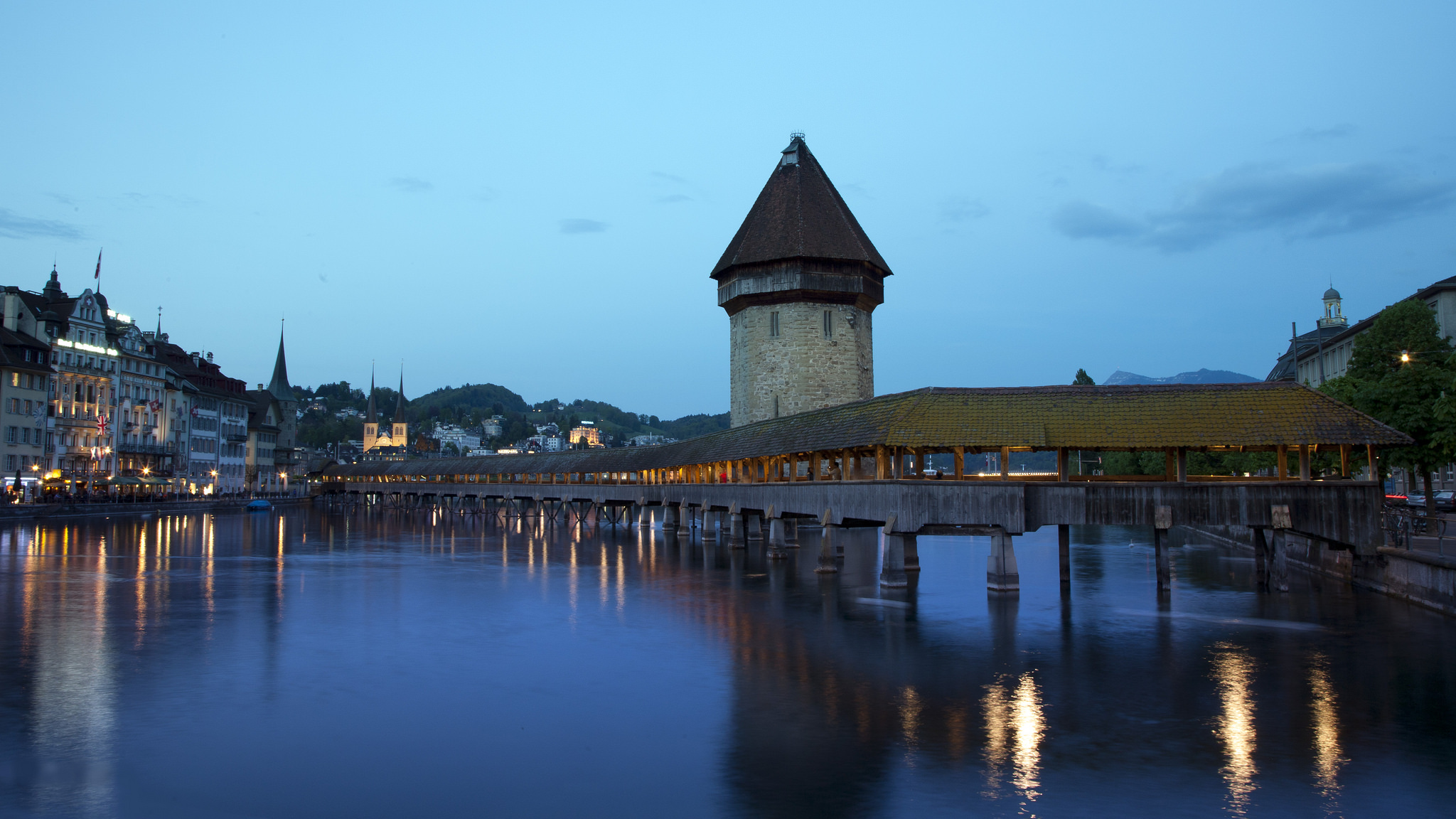
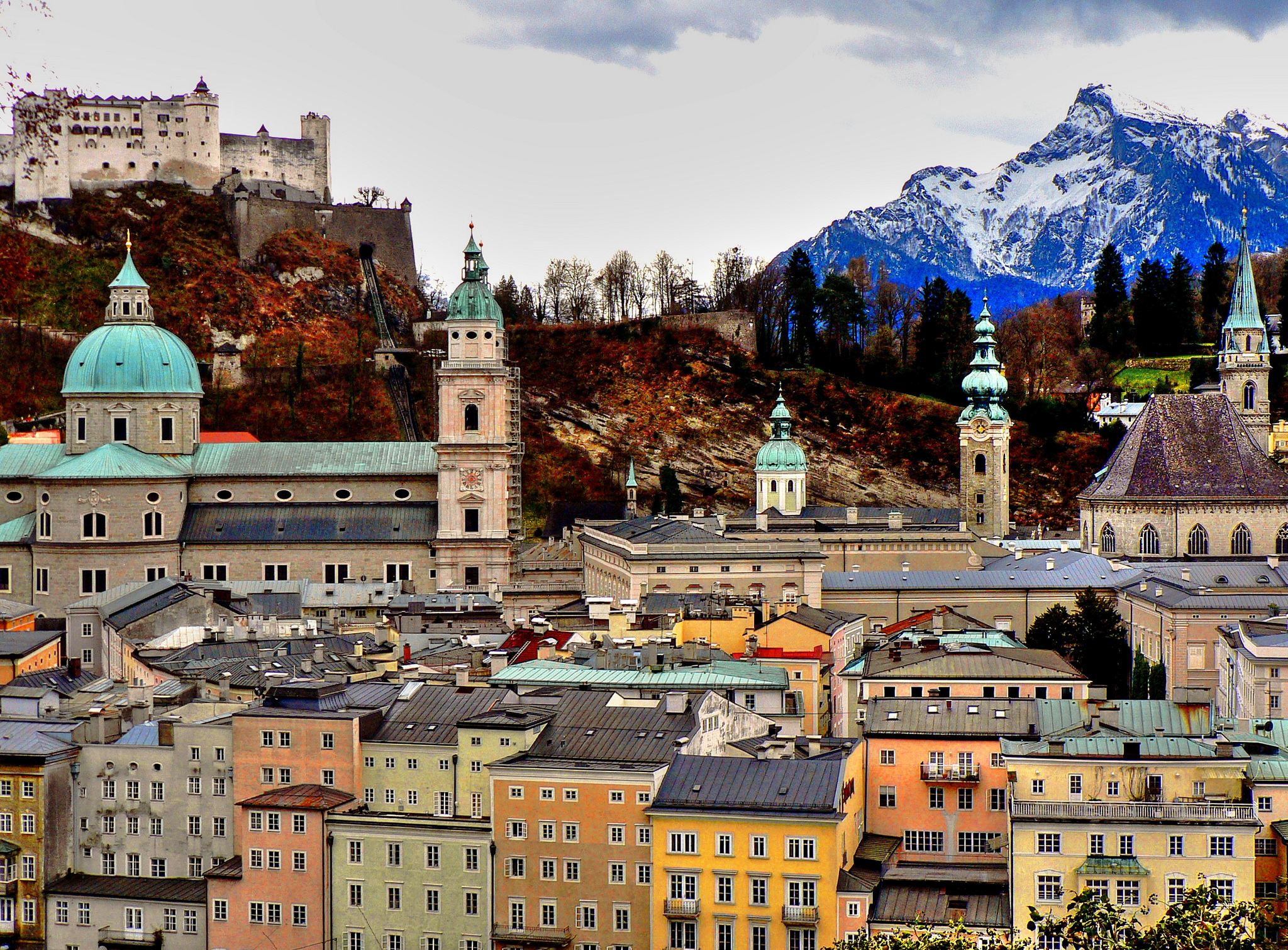

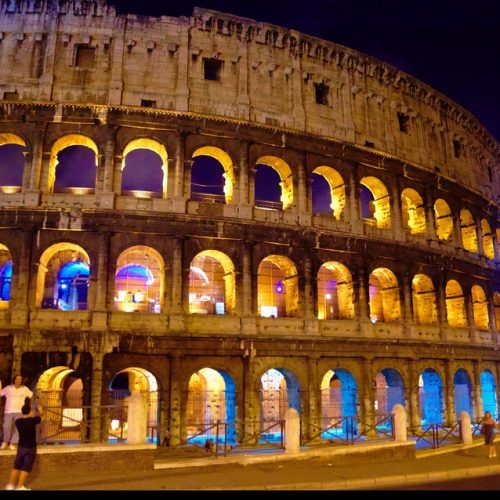
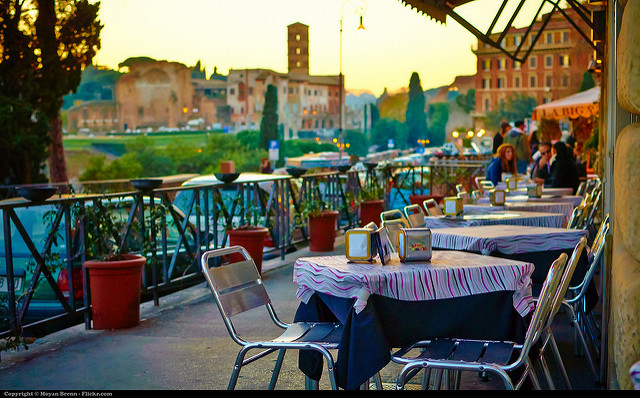
Reviews
There are no reviews yet.